Blueberries may be tiny, but when it comes to flavor and nutrition, they pack a powerful punch. Unfortunately, most of us are unknowingly sabotaging these little gems before we ever enjoy their full potential. From improper storage and premature rinsing to baking missteps that leave your muffins a blue-streaked mess, small mistakes can lead to sour disappointments. Whether you buy them fresh, frozen, or grow them yourself, knowing how to handle blueberries properly makes all the difference. If you’ve ever wondered why yours spoil too fast or fall flat in recipes, these 12 common errors might be the juicy culprit.
1. Picking the Wrong Ripeness
Those green or reddish blueberries might look like they’ll ripen up nicely on your counter, but unfortunately, they won’t.
Unlike bananas or avocados, blueberries stop ripening the moment they’re picked from the bush. Always choose berries that are deep blue with a slight silvery coating (that’s their natural protective layer).
The perfect blueberry should be plump and firm with no dents or wrinkles. Avoid berries with any hint of red or green unless you enjoy that mouth-puckering tartness!
2. Washing Away the Protective Bloom
Ever notice that misty, waxy coating on fresh blueberries? That’s called the ‘bloom’ – nature’s own food preservation system.
Rinsing your berries immediately after purchase washes away this protective shield. The bloom keeps moisture in and bacteria out, essentially extending your berries’ shelf life naturally.
Save the washing for right before you’re ready to eat or cook with them. Your blueberries will stay fresher longer, sometimes adding days to their usable life.
3. Not Drying Them Properly
Moisture is the enemy of fresh blueberries! When you do wash them, leaving them wet is practically an invitation for mold to move in and take over your precious berries.
After rinsing, gently roll blueberries on a clean kitchen towel or paper towels. For larger batches, a salad spinner works wonders – just spin gently to avoid bruising.
The extra minute spent drying can mean the difference between enjoying blueberries all week or finding a moldy mess in your refrigerator tomorrow.
4. Turning a Blind Eye to Bad Berries
One bad berry spoils the bunch isn’t just an old saying – it’s literally true with blueberries! A single moldy or crushed blueberry releases enzymes that accelerate spoilage in all its neighbors.
Before storing, carefully sort through your berries and remove any that look suspicious. Soft, leaking, or wrinkled berries should go straight to the compost. This five-minute inspection can save your entire batch from premature spoilage.
Fun fact: Blueberries with mold can produce mycotoxins that spread even without visible signs, making thorough sorting extra important.
5. Suffocating Them in Airtight Containers
Blueberries need to breathe! Storing them in completely sealed containers traps moisture and speeds up decay. Those plastic clamshells from the store? They actually have tiny ventilation holes for a reason.
The ideal storage container is shallow with good airflow. Line it with paper towels to absorb excess moisture, and leave the lid slightly ajar if possible.
Some experts swear by storing berries in a single layer rather than piled high, which prevents crushing and allows for better air circulation.
6. Mistiming Refrigeration
Room temperature blueberries taste better because cold temperatures temporarily dull their flavor. But leaving them out too long is a recipe for spoilage disaster.
The sweet spot? Let refrigerated berries sit at room temperature for about 30 minutes before eating for maximum flavor. For storage, refrigerate promptly after purchase in the crisper drawer, where humidity levels are ideal for berries.
If you’ve picked your own sun-warmed berries, let them cool to room temperature before refrigerating to prevent condensation that leads to mold growth.
7. Freezing Without Preparation
Tossing a container of blueberries directly into the freezer creates a solid blue brick that’s nearly impossible to portion later.
Worse yet, the berries crush each other as they freeze, creating a mushy mess when thawed. Proper freezing requires a two-step process. First, freeze berries in a single layer on a baking sheet until solid (about 2 hours).
Then transfer them to a freezer container or bag. This flash-freezing method keeps berries individually frozen so you can easily grab just what you need.
8. Using Soft Berries for Baking
Those slightly overripe, squishy blueberries might seem perfect for muffins or pancakes, but they’re actually sabotaging your baked goods! Soft berries collapse during baking, creating soggy pockets and blue streaks throughout your batter.
Reserve the softer, overripe berries for smoothies, sauces, or jams where texture doesn’t matter. For baking, choose firm, plump berries that will hold their shape when heated. Your muffins will have beautiful bursts of juicy berries instead of soggy blue puddles.
9. Forgetting to Adjust Recipes for Frozen Berries
Swapping frozen berries for fresh in recipes isn’t as simple as a one-to-one exchange. Frozen berries release more liquid as they thaw, which can make batters runny and baked goods soggy.
When using frozen berries in baking, add them still frozen (don’t thaw first!) and increase your thickener (like flour or cornstarch) by about 1-2 teaspoons per cup of berries.
For pies and cobblers, you might need to extend baking time by 5-10 minutes to account for the extra moisture.
10. Letting Berries Sink in Batter
The classic advice to coat blueberries in flour before adding them to batter doesn’t always work. Those beautiful berries still often sink straight to the bottom during baking!
A better approach is to pour a small layer of plain batter into your pan first. Then fold the blueberries into the remaining batter and pour it on top.
For an even more foolproof method, sprinkle some berries on top of the filled pan just before baking. This layering technique ensures berries throughout your baked goods instead of a concentrated berry bottom layer.
11. Skimping on Sugar and Thickeners
Blueberries can vary dramatically in sweetness and juice content. Using them in pies, cobblers, or sauces without adjusting sugar and thickeners can lead to disappointingly tart or runny results.
Always taste your berries first! Tart berries need more sugar than you might expect – sometimes up to 1/4 cup more per 2 cups of fruit. For thickening, cornstarch works well for most applications (1-2 tablespoons per 2 cups of berries).
Remember that blueberries continue releasing juice as they cook, so what looks perfect in the pan might become soup on the plate.
12. Limiting Blueberries to Sweet Dishes
Relegating blueberries solely to muffins and pancakes misses their amazing potential in savory dishes. Their complex sweet-tart profile makes them surprisingly versatile beyond desserts.
Try blueberries in savory salsas with jalapeño and cilantro, or reduce them with balsamic vinegar for a stunning sauce for grilled meats.
They’re incredible in summer salads with arugula and goat cheese or blended into barbecue sauce for a unique twist. The natural acidity in blueberries makes them excellent for tenderizing proteins in marinades while adding unexpected depth of flavor.

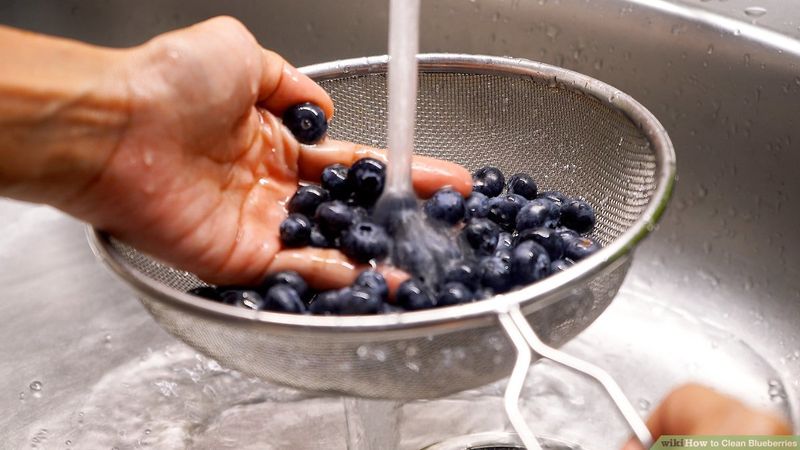
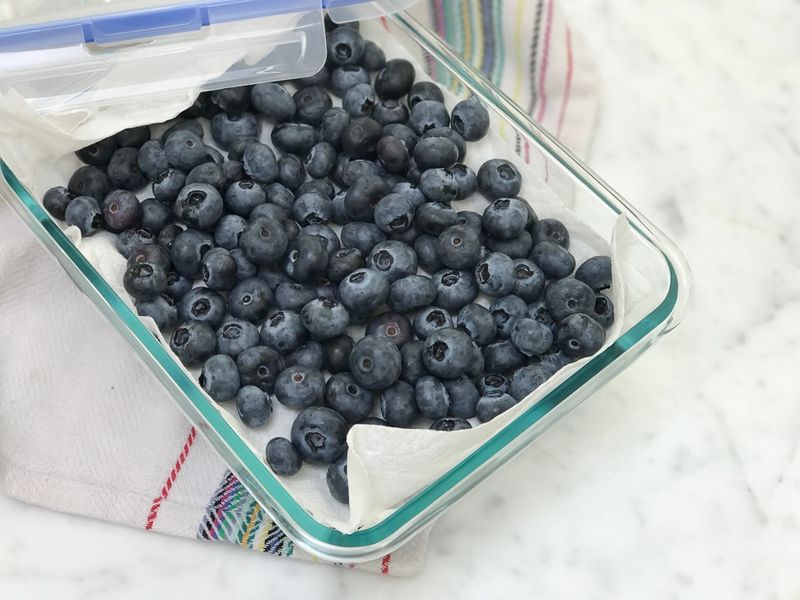
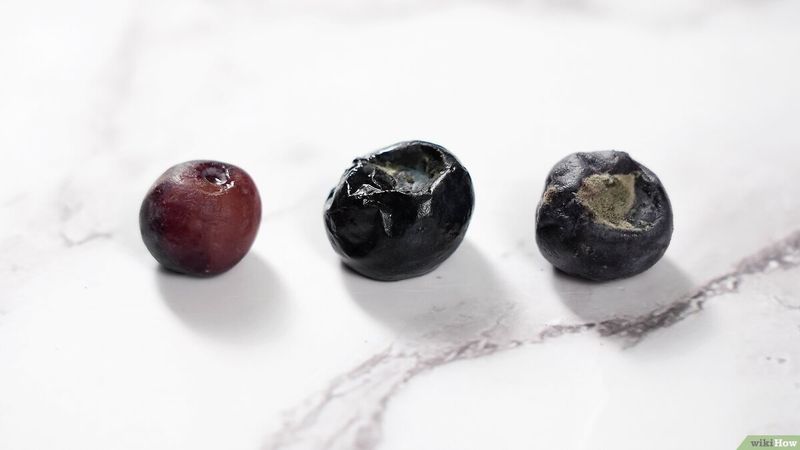
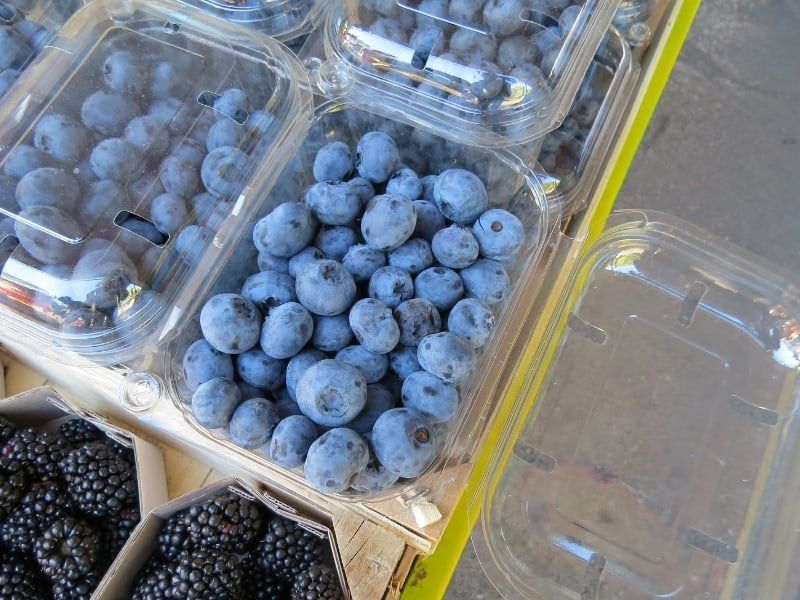
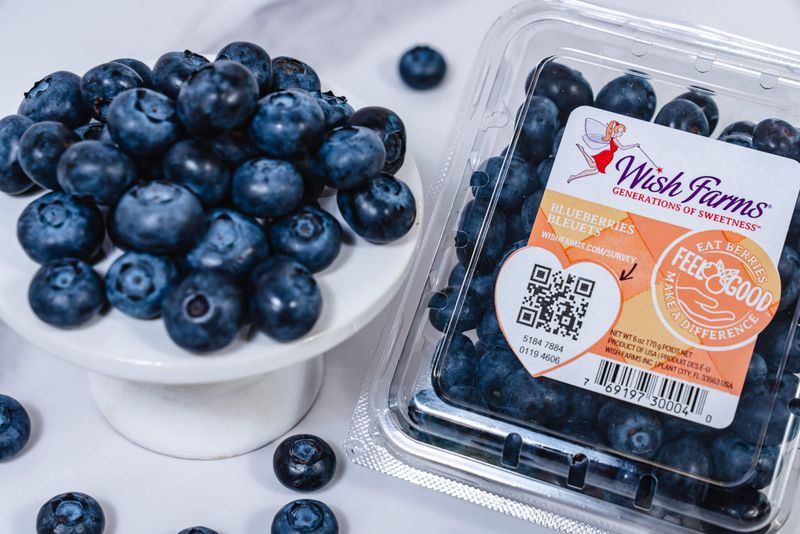
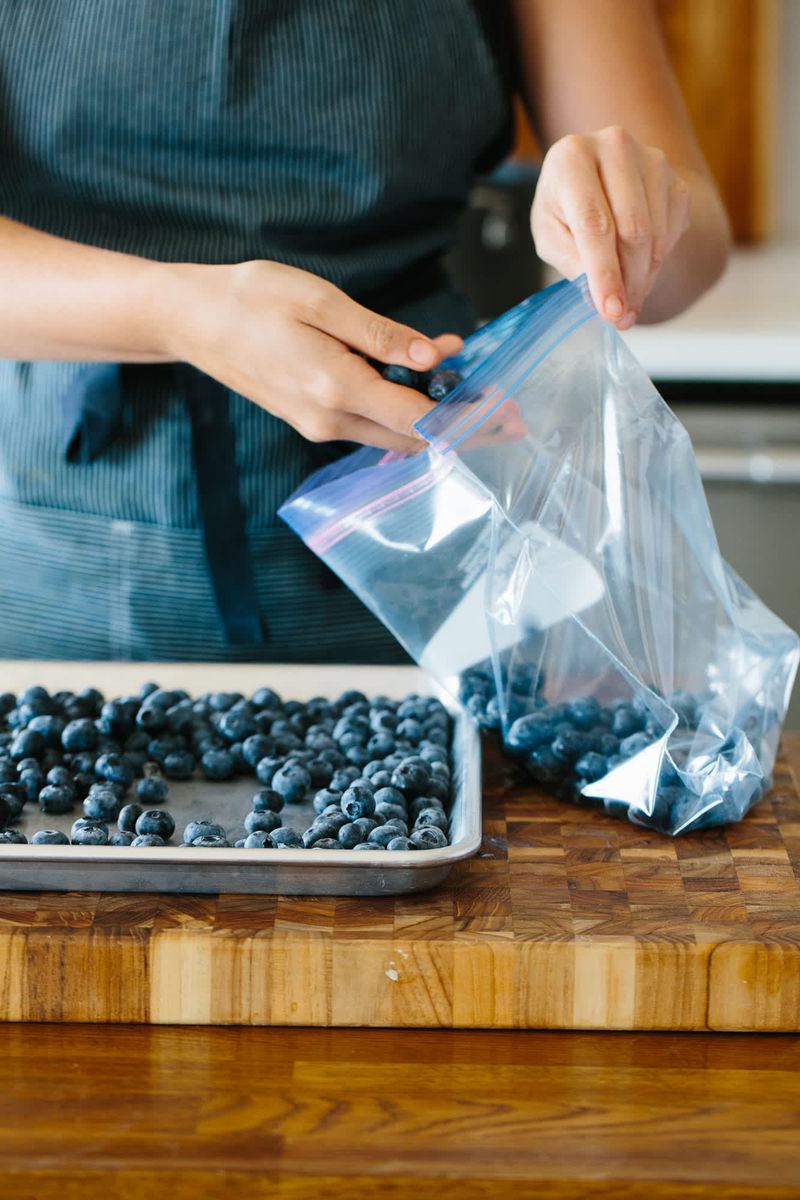
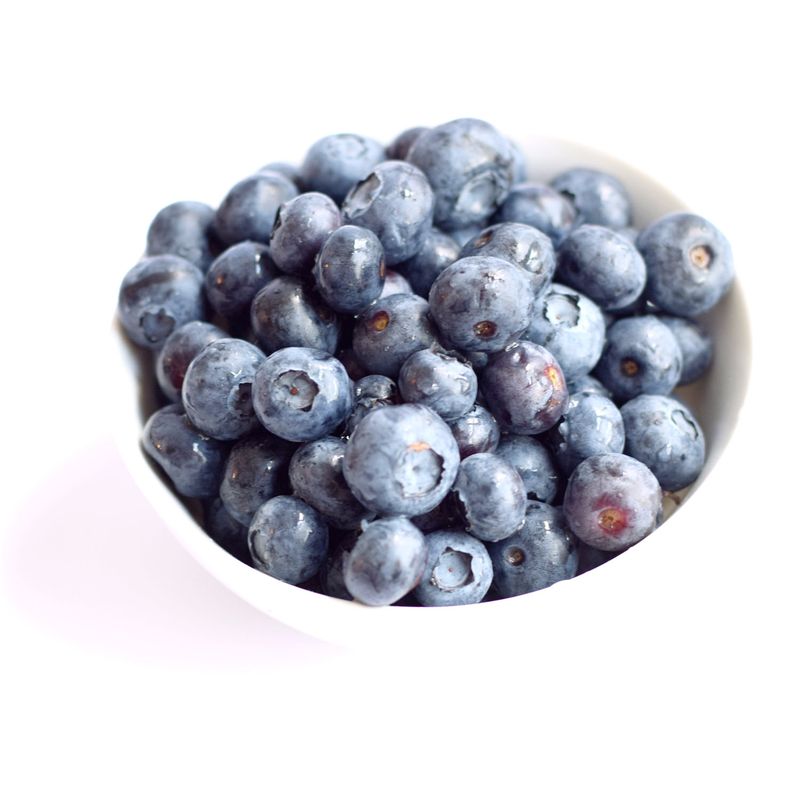
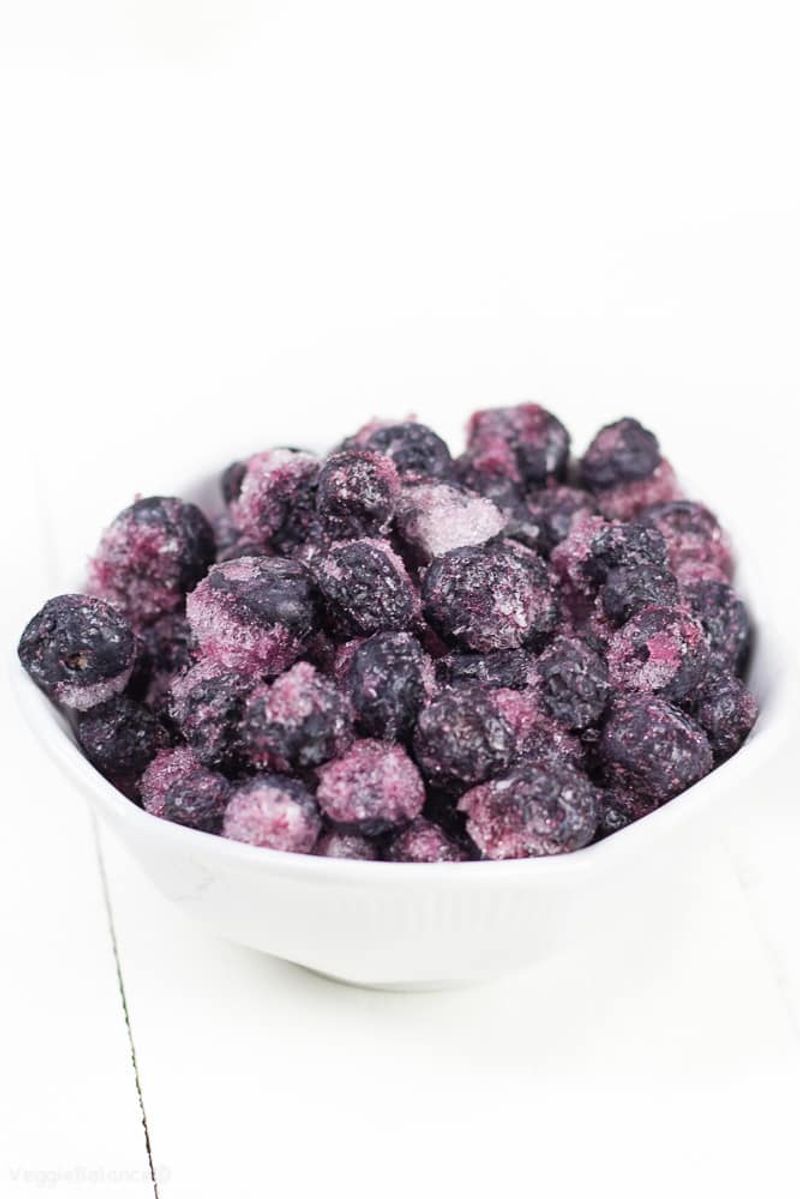
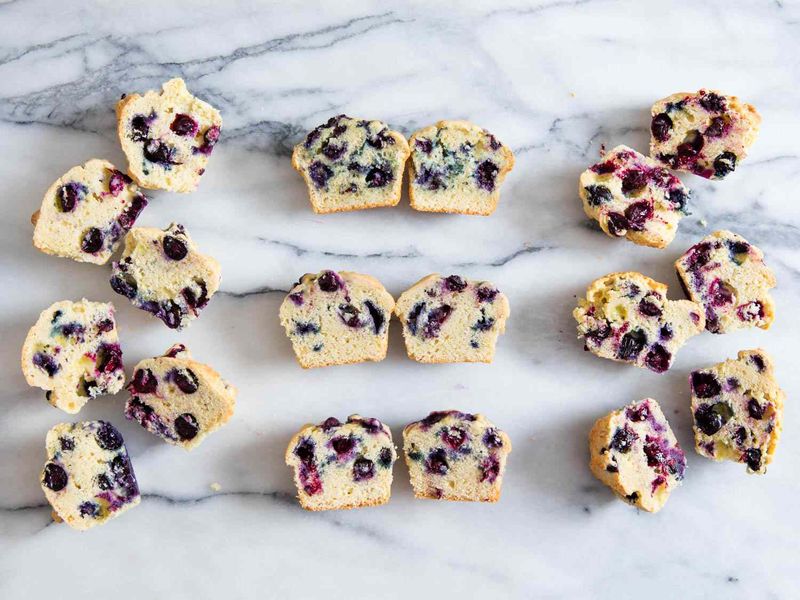
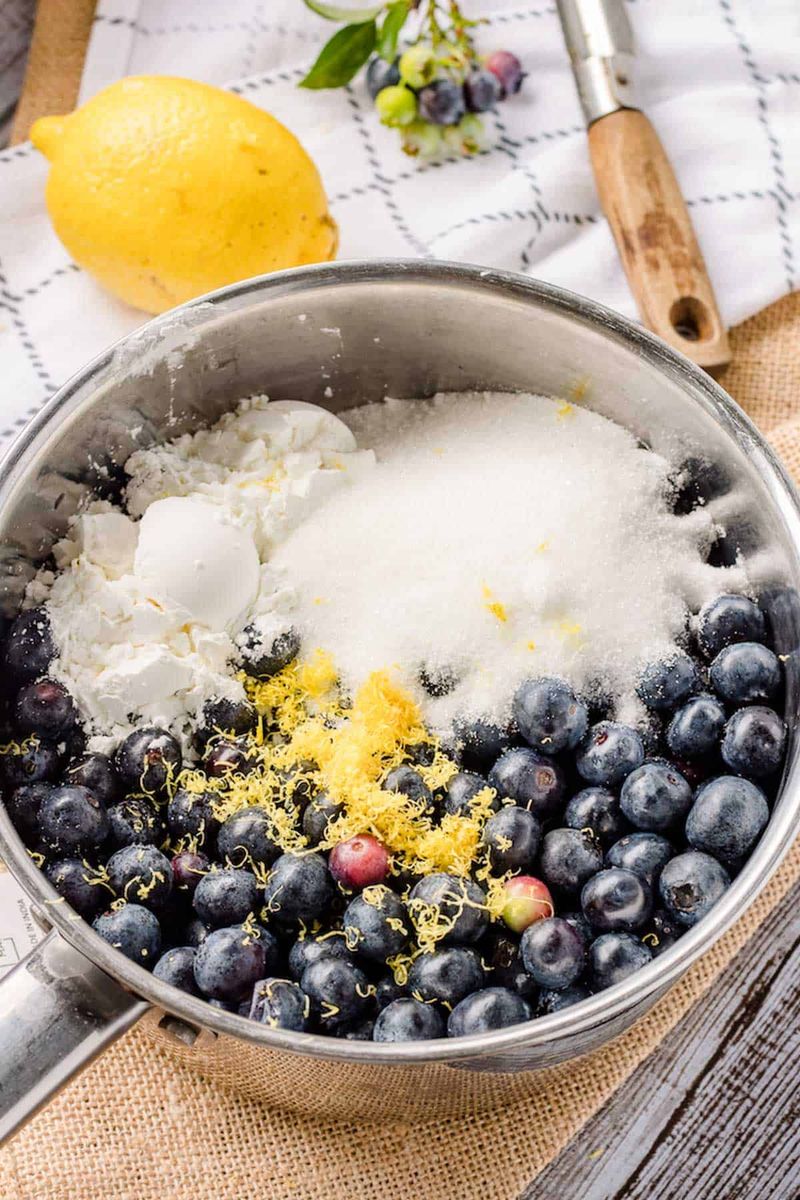
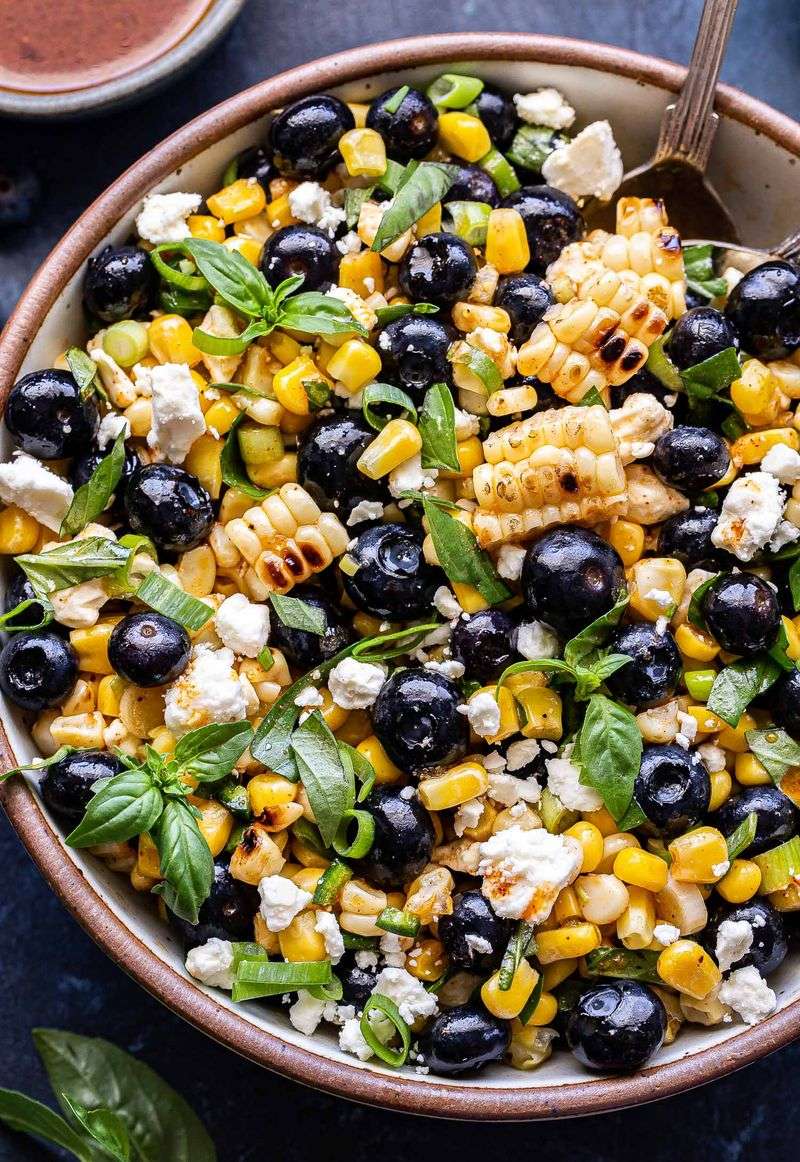
Leave a comment